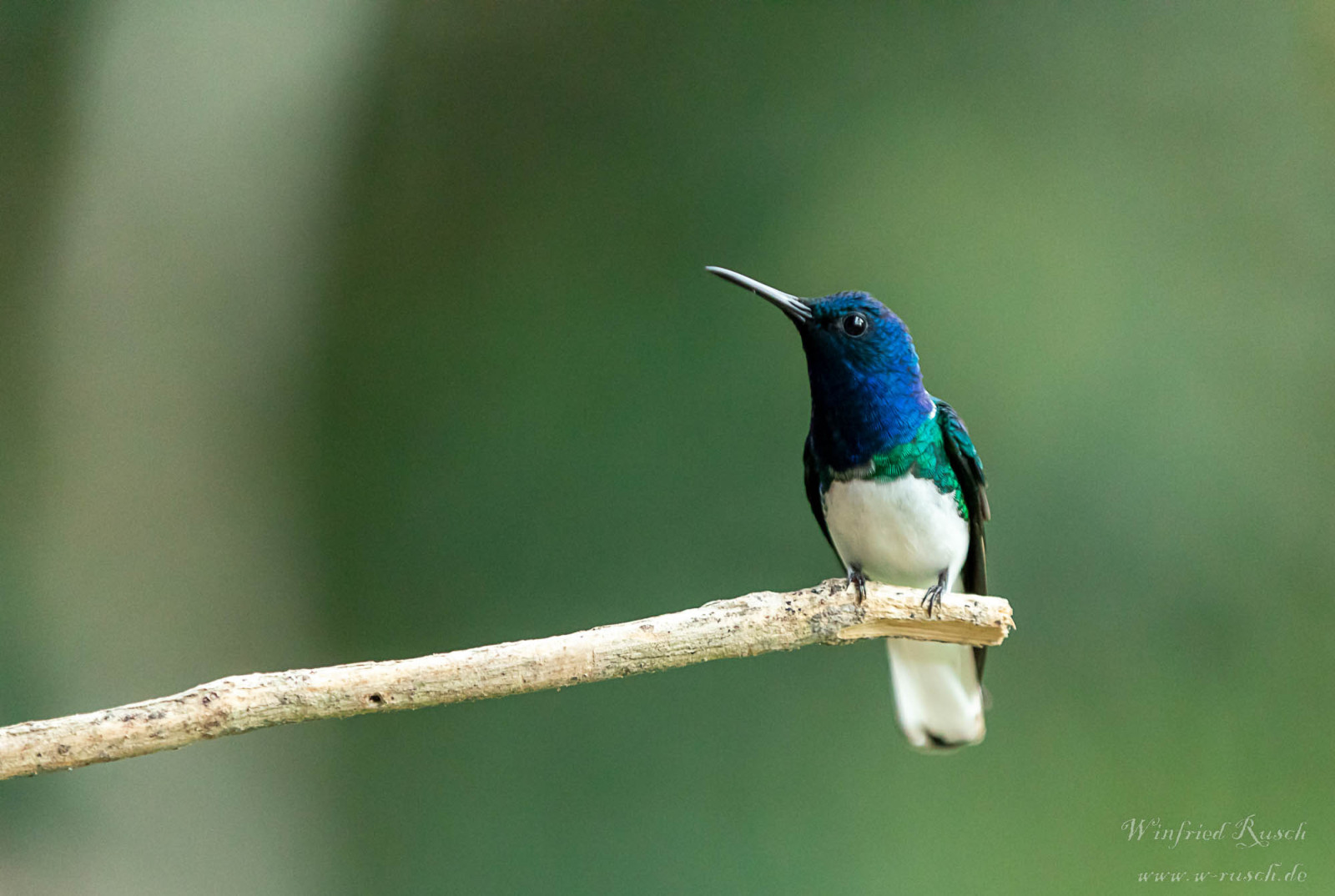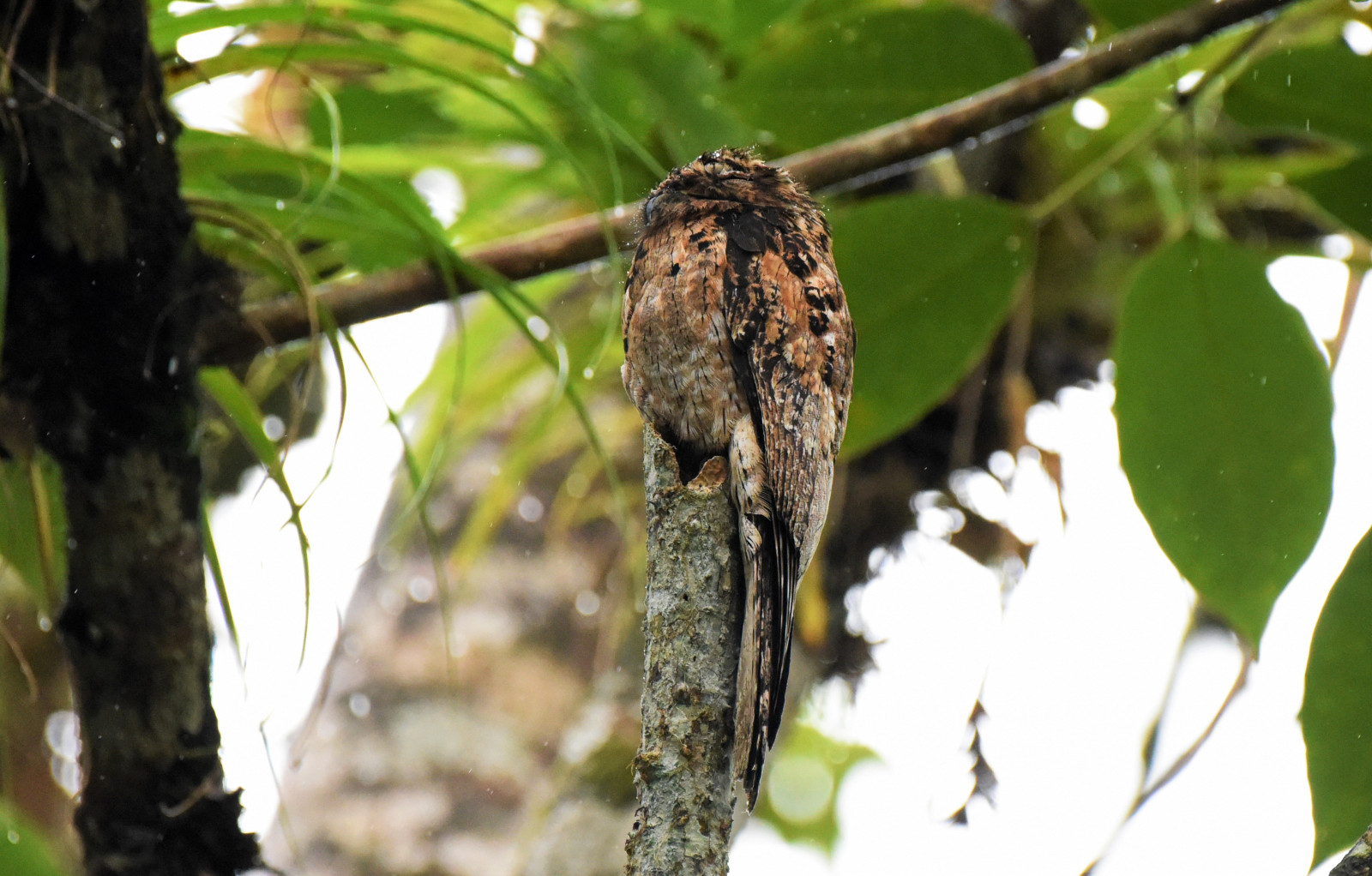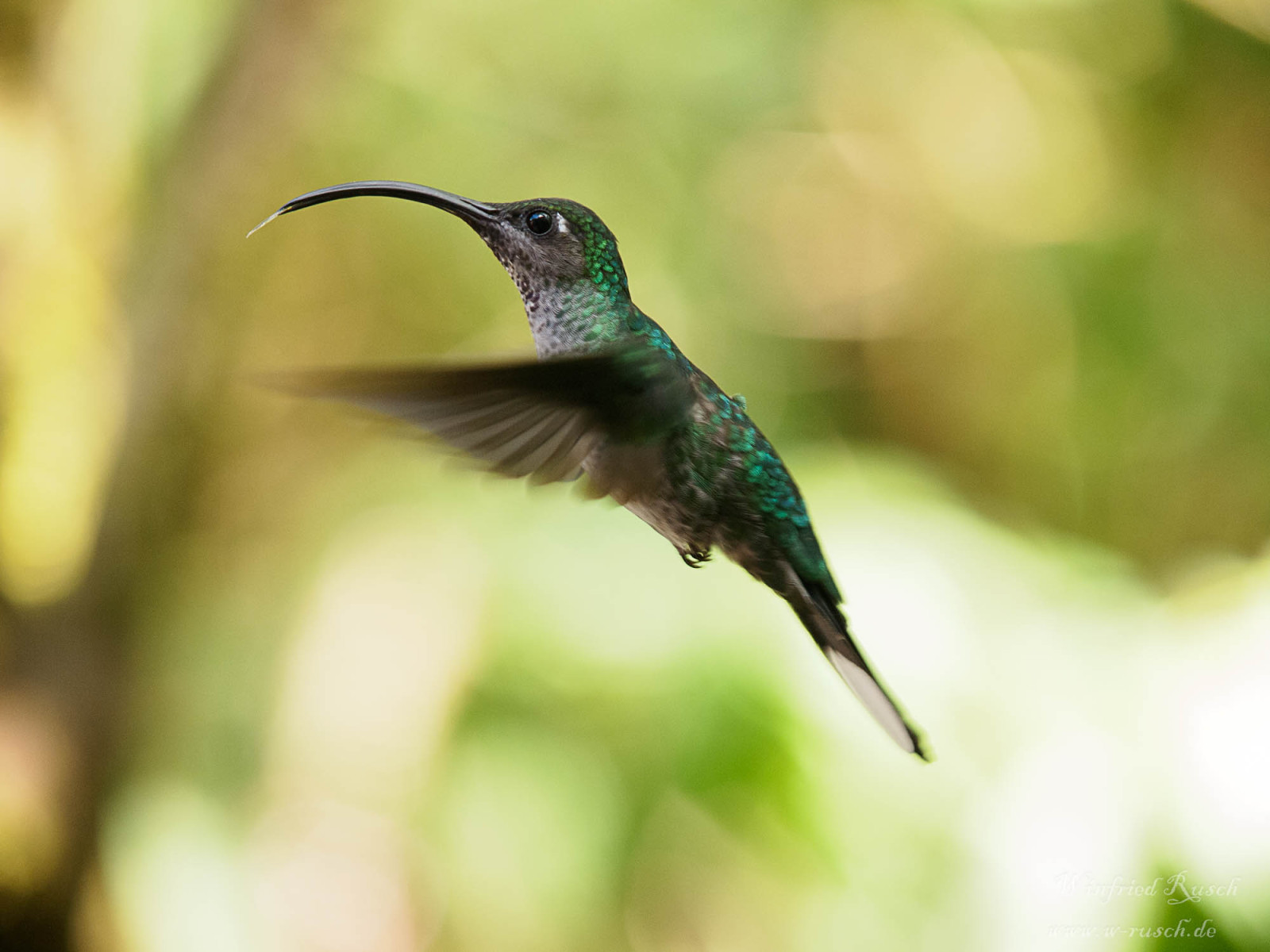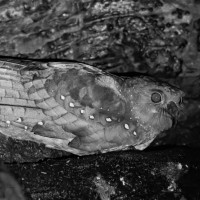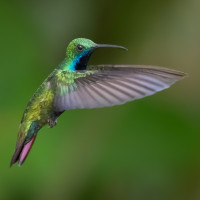Opis
One can view a broad diversity of species particulary at the feeding stations and specifically hummingbird feeders. Asa Wright actively contributes towards research and conservation of the native wildlife. The centre has a long history and is one of the best known sites in the world for access to viewing the Oilbird the only member of bird in the order: Steatornithiformes. The Oilbird is a unique species in that it uses echolocaiton and eats fruit nocturnally.
The verandards are often great points for viewing bids such as: Trinidad Motmot , Bearded Bellbird, Tufted Coquette, Collared Trogon and Green-backed Trogon, White-necked Jacobin, and Golden-headed Manakin and White-bearded Manakin.
One can view: regularly Red-rumped agoutis, red-tailed squirrel, golden tegu lizard and green iguanas, and less frequently: Red brocket deer, the elusive ocelot, the Brazilian porcupine and the southern tamandua, Red-rumped agouti. As well as insects, reptiles and plants including: Trinidad chevron tarantula, whip scorpion spider, fer-de-lance, Cook’s tree boa.
The best time of year is in the dry season, from January to May.
Szczegóły
Dostęp
The Asa Wright Nature Centre is nestled in the Arima Valley of the Northern Range in Trinidad and Tobago. You can drive or take a taxi from Port of Spain, which is about an hour away. The centre is open daily from 6 AM to 6 PM. Visitors along the Oilbird trail must be accompanied by a guide. To visit Asa Wright it is recommended to contact them via thier email address: info@asawright.org
